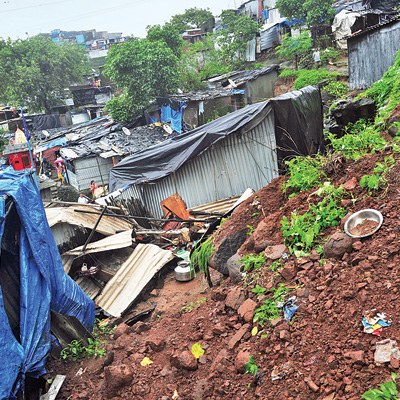
“Sewol ferry recovery update No. 377 ... Days since last body found — 88.”
Six months after South Korea’s worst maritime disaster, the official e-mails keep coming — sometimes several a day — recording every detail of a largely forgotten and ignored operation.
Weather and sea conditions permitting, they detail the latest mission by divers to penetrate the sunken vessel in the search for 10 bodies that remain unaccounted for.
The last body to be pulled from the upturned ship was way back on July 18. The last before that was on June 19. Just two bodies in almost four months.
“There is no deadline. The work will continue indefinitely,” said Kim Sang-In, an official at the Disaster Management Headquarters overseeing the recovery effort.
“The government has already clarified its position that without the consent of the victims’ families, it will not cease operations unilaterally,” said Kim, whose office issues the e-mail updates.
It’s a consent that steel worker Huh Hong-Hwan has no intention of giving.
Of the 476 people on board the 6,825-tonne Sewol passenger ferry when it capsized on April 16, 325 — including Huh’s teenaged daughter — were high school pupils on an organised outing.
Only 75 of the students survived.
As soon as Huh heard of the disaster, he jumped in his car and drove, sick with anxiety, for five hours down to the southern island of Jindo where the rescue operation was gearing up.
Six months later, he is still there — one of a tight group of relatives still camped out in a public gymnasium which had housed hundreds of family members in the immediate aftermath of the sinking.
“I will never give up or leave this place until I can see my daughter,” the 50-year-old told AFP by telephone from Jindo.
Huh’s daily routine rarely varies: He wakes at 7.00am, has breakfast and walks to the local district office to check if there are any updates.
Some days he goes down to Jindo port and boards a boat to take him to the barge where the divers work from.
Otherwise he watches television, or talks with other relatives of the 10 people still unaccounted for.
“We look out for each other,” Huh said.
“It’s important because it’s very difficult — mentally and physically. I feel abandoned and trapped here. Sometimes I even think of suicide, but then I cling to the hope of finding my daughter,” he said.
The Sewol disaster and the loss of so many young lives was a profound shock that plunged the entire country into mourning and raised questions about what Asia’s fourth largest economy had come to and where it was going.
The grief swiftly turned to anger as it became clear that the tragedy was almost entirely man-made — the result of an illegal redesign, an overloaded cargo bay, an inexperienced crew and an unhealthy nexus between operators and state regulators.
And while the tragedy initially seemed to unite the country, its legacy six months later is one of division and discord.
Parliament was paralysed for months as the ruling and opposition parties bickered fruitlessly over the content of a bill to create an independent inquiry into the Sewol sinking.
Two weeks ago they finally reached a compromise about the composition and investigative powers of the inquiry — but the plan was immediately rejected by the majority of victims’ families, who had been pushing for a say in who should sit on the panel.
A group of family members, some of them on rotating hunger strike, have been camped out of Seoul’s main ceremonial thoroughfare for months to push their demands.
“The political parties are trying to use the tragedy for their own political interests,” said Jun Myoung-Sun, the father of one of the dead students who heads a group that claims to represent the majority of victims’ families.
“What we want is a full investigation aimed at making a safer society. A full disclosure that tells the truth about how such a disaster could occur,” Jun said.
As far as the continuing recovery operation in Jindo goes, Jun acknowledged the challenge posed by the coming winter weather — but was adamant that the time had not yet come to bring in the heavy lifting cranes.
“We have no plan to raise the vessel as yet. This is the wish of most of the families,” he said.
Wednesday 15 October 2014
http://www.malaysiandigest.com/world/523234-six-months-on-s-korea-ferry-disaster-victims-families-continue-to-grieve.html



